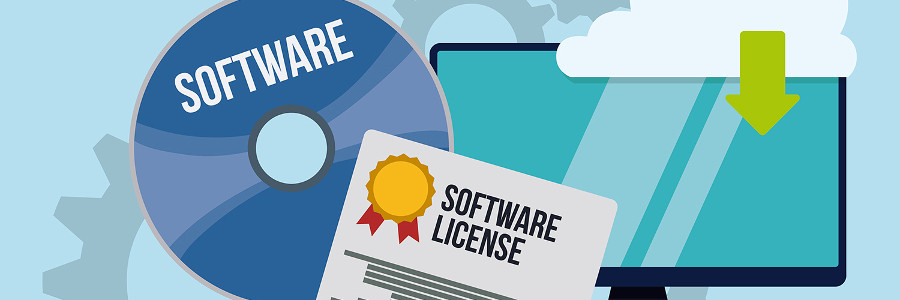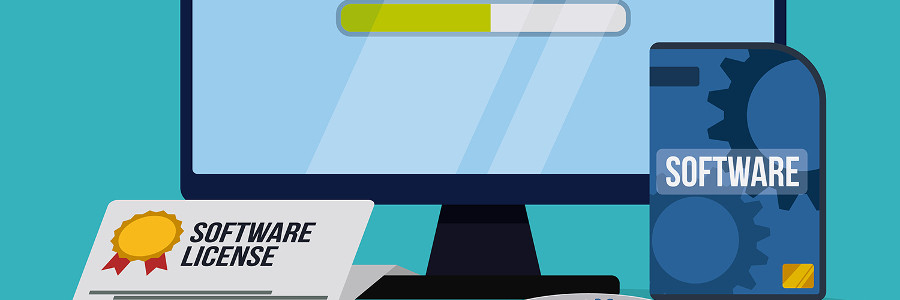For the longest time, businesses have been installing email servers on site to have more control over their data. But the drawback of this setup is that it’s more expensive and you need to have a dedicated IT team to manage everything. Microsoft Exchange Online is a cloud-based email service that offers the same features… Continue reading How can Microsoft Exchange Online benefit your business?
How can Microsoft Exchange Online benefit your business?








